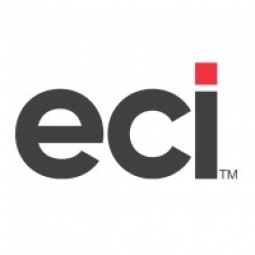公司规模
SME
地区
- America
国家
- United States
产品
- E2 Shop System
- E2 Quality Module
- E2 Inventory App
技术栈
- ERP Software
实施规模
- Enterprise-wide Deployment
影响指标
- Productivity Improvements
- Customer Satisfaction
技术
- 功能应用 - 企业资源规划系统 (ERP)
适用功能
- 离散制造
- 质量保证
用例
- 自动化制造系统
- 库存管理
服务
- 软件设计与工程服务
关于客户
QT Magnetic Solutions 是一家家族企业,由首席执行官 Ron Zichterman 于 1992 年创立。该公司专门制造用于各个行业的精细调整的高端磁铁和永磁体。除了制造之外,他们还提供工程服务并为客户制造磁性组件。该公司共有 11 名员工,其中许多人在车间内接受过不同工作职能的交叉培训。尽管规模很小,但由于其工作的专业性,QT Magnetic Solutions 在其细分市场中保持了强大的地位。
挑战
QT Magnetic Solutions 是一家高端磁铁和永磁体制造商,其现有的 ERP 软件 JobBoss 面临挑战。该软件不够用户友好,会计方面选项不足,导致在尝试输入订单时出现问题。该公司需要一个更灵活、更全面的解决方案,以简化其运营并改善对业务不同领域的访问。
解决方案
QT Magnetic Solutions 决定改用 E2 Shop System,这是一款提供更多灵活性和全面报告功能的 ERP 软件。他们最初于 2016 年购买了该产品,后来成为该系统的 beta 测试人员。E2 Shop System 以及 E2 Quality Module 和 E2 Inventory App 显著改善了整个公司的运营。E2 Quality Module 通过提供必要的文书工作促进了新质量程序的实施,而 E2 Inventory App 通过允许即时访问库存中的任何物品简化了库存管理。
运营影响

Case Study missing?
Start adding your own!
Register with your work email and create a new case study profile for your business.
相关案例.
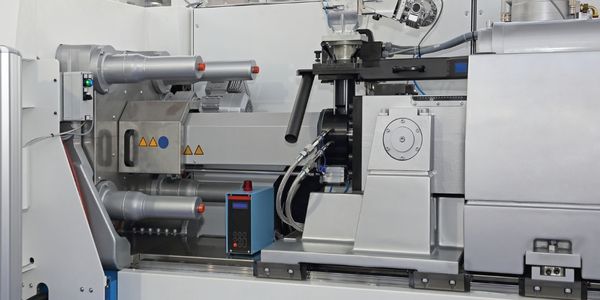
Case Study
Plastic Spoons Case study: Injection Moulding
In order to meet customer expectations by supplying a wide variety of packaging units, from 36 to 1000 spoons per package, a new production and packaging line needed to be built. DeSter wanted to achieve higher production capacity, lower cycle time and a high degree of operator friendliness with this new production line.
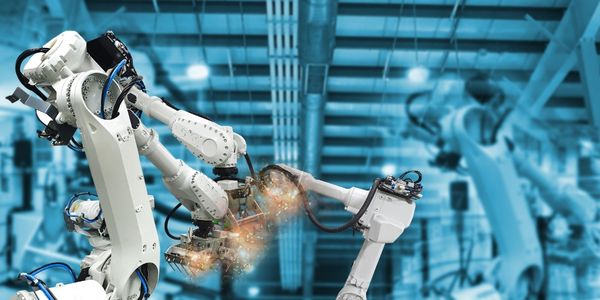
Case Study
Robot Saves Money and Time for US Custom Molding Company
Injection Technology (Itech) is a custom molder for a variety of clients that require precision plastic parts for such products as electric meter covers, dental appliance cases and spools. With 95 employees operating 23 molding machines in a 30,000 square foot plant, Itech wanted to reduce man hours and increase efficiency.

Case Study
Hospital Inventory Management
The hospital supply chain team is responsible for ensuring that the right medical supplies are readily available to clinicians when and where needed, and to do so in the most efficient manner possible. However, many of the systems and processes in use at the cancer center for supply chain management were not best suited to support these goals. Barcoding technology, a commonly used method for inventory management of medical supplies, is labor intensive, time consuming, does not provide real-time visibility into inventory levels and can be prone to error. Consequently, the lack of accurate and real-time visibility into inventory levels across multiple supply rooms in multiple hospital facilities creates additional inefficiency in the system causing over-ordering, hoarding, and wasted supplies. Other sources of waste and cost were also identified as candidates for improvement. Existing systems and processes did not provide adequate security for high-cost inventory within the hospital, which was another driver of cost. A lack of visibility into expiration dates for supplies resulted in supplies being wasted due to past expiry dates. Storage of supplies was also a key consideration given the location of the cancer center’s facilities in a dense urban setting, where space is always at a premium. In order to address the challenges outlined above, the hospital sought a solution that would provide real-time inventory information with high levels of accuracy, reduce the level of manual effort required and enable data driven decision making to ensure that the right supplies were readily available to clinicians in the right location at the right time.
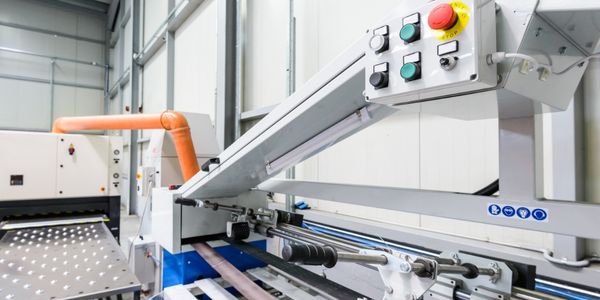
Case Study
Fully Automated Visual Inspection System
Tofflon has developed a fully automatic machine that uses light to inspect vials, medicine bottles, or infusion containers for glass fragments, aluminum particles, rubber grains, hairs, fibers, or other contaminants. It also detects damaged containers with cracks or inclusions (microscopic imperfections), automatically removing faulty or contaminated products. In order to cover all production processes for freeze-dried pharmaceuticals, Tofflon needed to create an open, consistent, and module-based automation concept.
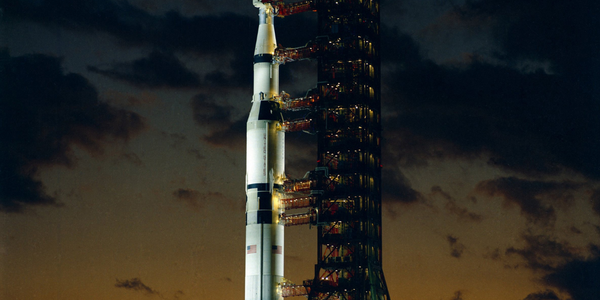
Case Study
SAP Leonardo Enabling Rocket Science
At times, ULA has as many as 15 different operating systems dedicated to overlapping processes, such as rocket design, testing, and launch. Multiple systems created unnecessary costs and unwanted confusion among workers at offices, factories, and launch sites in different location. In order to improve collaboration and transparency during vital activities that directly influence mission success, ULA wanted to improve data sharing and streamline manufacturing processes.




